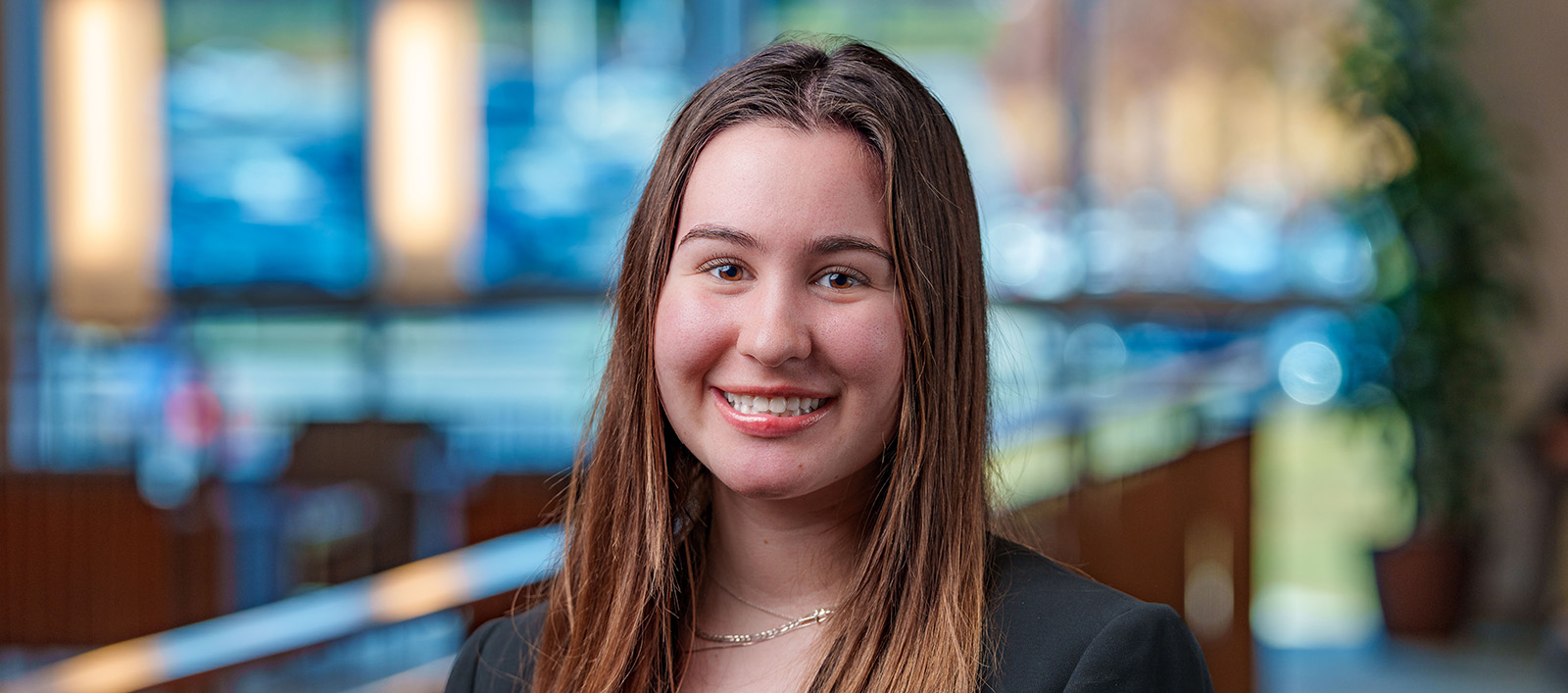From Carroll to Towson: A Student’s College Transfer Journey

Transferring from one college to another, as practical a decision it may be, can still seem scary or overwhelming for many students. The process, which can include a variety of steps and considerations, demands careful evaluation and planning. Laura Alder, a Carroll Community College graduate who transferred to Towson University, shared how she approached the college transfer process to make it as simple and seamless as possible.
Choosing the Right Path
The initial step in her college transfer strategy was perhaps the most crucial: evaluating potential transfer schools. Laura carefully researched universities, weighing such factors as their programs, cost, location and the transferability of her Carroll Community College credits. She realized how important it was to find a school that not only matched her academic aspirations but also aligned with her financial constraints.
“I originally intended to transfer to the University of Tampa,” Laura said. “My advisor [at Carroll] reached out to them to gather information about what courses would transfer and what it would look like for me to go there after Carroll.”
Meeting with her advisor proved to be an invaluable resource for Laura. The advisor’s proactive approach in contacting the University of Tampa provided essential insights into their transfer requirements, course equivalencies and the overall college transfer process. Laura ultimately decided against Tampa because it was very expensive, opting instead for Towson due to its affordability and seamless transfer agreement. (Carroll graduates are guaranteed admission to Maryland public colleges and universities.)
A Streamlined Admission Process
Laura’s next step in the college transfer process involved the seemingly straightforward yet significant task of completing Towson’s admission application. “It was way easier than my first-year applications,” Laura explained. “I was able to import information from my original freshman application to Towson that I did when I was in high school.” She also did not need to write any essays for Towson. Because of the more streamlined process, Laura found it far less stressful, allowing her to focus more on her academic endeavors while she was still at Carroll.
Sending Towson her school transcripts and other requested documents followed. Laura experienced a minor hiccup stemming from a premature transcript submission. “I sent them over before my summer class grade [at Carroll] was posted, so I had to send mine twice.” This “user error” was quickly rectified, however, and Laura’s pathway to Towson was paved.
Another factor Laura had considered when deciding on a transfer college was scholarships. Many 4-year schools offer special scholarships for transfer students, so applicants should inquire about what is available. Towson awarded Laura a $3,000 COVID relief scholarship for her first year, which further alleviated some of the financial burdens associated with her high education pursuits.
One of the overall benefits of transferring from a community college is you’re able to get the same jobs as those who go to a 4-year school from the beginning.
Taking Off at Transfer School
For Laura, enrolling in classes at Towson University was vastly different from registering for courses at Carroll, which because of COVID were conducted via a Zoom meeting with more than 30 people trying to enroll at the same time with one advisor. “It was very chaotic,” Laura remembers, though she presumes class registration at Towson is very different now that COVID restrictions have been lifted.
Laura highly recommends incoming students go to new student orientations to learn more about the school they are about to attend. During this event, current students and faculty members welcome new students, share what they can expect at the school, and provide helpful information and insights into how to make the most of their time there.
As Laura settled into her new environment at Towson, she noticed a few differences between there and Carroll. For instance, Towson uses the Blackboard Learning Management System instead of Canvas. Buying scantrons for classes, needing access codes to purchase books and paying for a parking pass were additional factors that required some adjustment. Towson’s more bustling atmosphere, larger class sizes and heavier courseloads were all fresh challenges that became part of Laura’s college experience as a transfer student.
The College Transfer Journey
Reflecting on her transfer journey, Laura recognized the multiple benefits of starting her higher education at a community college. Not only did it save her a significant amount of money (Carroll tuition is about half the cost of a typical 4-year school), but the core classes she took at Carroll prepared her well for the higher-level courses at Towson. “It gave me an opportunity to determine what I wanted to major/concentrate in after taking a few classes and seeing what interested me,” Laura explained.
Laura’s participation in the Honors program at Carroll, although not directly impacting her transfer process, also gave her access to additional scholarships and allowed her to take Honors-specific courses that further prepared her for the rigors of Towson’s academics.
Thanks to all the support and resources Laura received at Carroll, navigating the transfer process from a community college to a university proved to be much less daunting than she had anticipated. While there is always some acclimation whenever one transfers to a new school, Carroll set her on the path for a successful transition to Towson and toward a bright future.